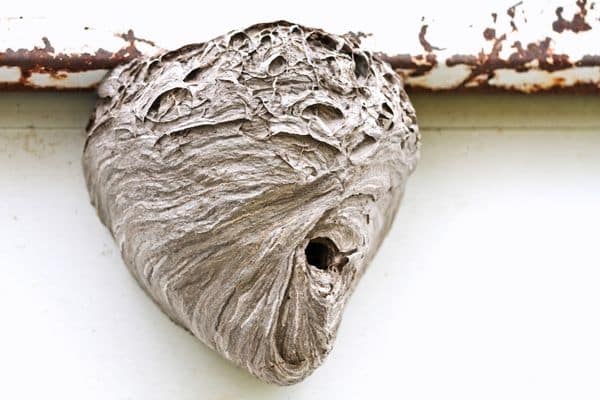Hornets and Wasps: Identifying Nests and Ensuring Safety
As the warm weather approaches, we welcome the sights of blooming flowers and buzzing insects. However, among the various insects that become more active during this time, hornets and wasps stand out as potentially dangerous creatures due to their ability to sting and defend their nests fiercely. Understanding how to identify their nests and ensuring safety is crucial to coexisting with these beneficial yet potentially harmful insects. In this blog post, we will delve into the world of hornets and wasps, explore the importance of their role in the ecosystem, learn how to identify their nests, and discuss practical measures to ensure safety.
The Importance of Hornets and Wasps in the Ecosystem
Before we dive into the safety aspects, it’s essential to recognize the crucial role hornets and wasps play in the ecosystem. These insects are known as apex predators, preying on various pests such as flies, caterpillars, and other harmful insects. By controlling pest populations, they help maintain ecological balance and promote plant health. Additionally, they serve as pollinators, aiding in the fertilization of plants and ensuring the continuation of many plant species.
Identifying Hornets and Wasps
Hornets and wasps share many similarities, making it challenging for the untrained eye to distinguish between the two. Both belong to the Vespidae family, characterized by their slender waists and elongated wings. However, some key differences can help identify them:
- Hornets: Generally larger than wasps, hornets have stout bodies with brown and yellow markings. The European hornet, for example, is about 1 to 1.5 inches long, with a distinct reddish-brown color on its head and thorax and an abdomen striped in yellow and black.
- Wasps: Wasps come in various colors and patterns, but most species have vibrant yellow and black stripes. They are usually smaller than hornets, with a length of 0.5 to 1 inch. Some common types of wasps include paper wasps, yellow jackets, and mud daubers.
Identifying Nests
Recognizing the nests of hornets and wasps is crucial for safety and pest control. These nests are often constructed in protected locations, such as tree branches, wall voids, attics, and even underground. Each species has distinct nest characteristics:
- Hornets’ Nests: Hornets build their nests using chewed wood pulp, creating large, papery nests that can be spherical or conical in shape. The nests have a single entrance hole, and they hang from trees, shrubs, or buildings.
- Wasps’ Nests: The nests of wasps vary depending on the species. Paper wasps construct open, umbrella-shaped nests, whereas yellow jackets build nests in the ground or hidden in wall voids. Mud daubers create small nests made from mud.
Ensuring Safety
While hornets and wasps are beneficial to the environment, they can become a threat when their nests are close to human activity. Here are some practical measures to ensure safety:
- Maintain Distance: If you spot a hornet or wasp nest on your property, keep a safe distance and avoid provoking the insects. Disturbing their nest can trigger a defensive response, leading to stings.
- Use Protective Gear: If you need to be in close proximity to a nest, such as for removal or relocation, wear protective clothing, including long sleeves, pants, gloves, and a veil or beekeeper’s hat.
- Seek Professional Help: Removing hornet or wasp nests can be dangerous, especially for those with allergies or without experience. It’s best to hire a professional pest control service to handle nest removal safely and effectively.
- Repellents and Traps: Commercial wasp repellents and traps can help keep hornets and wasps at bay. However, use them with caution and place traps away from areas where people frequent to avoid attracting the insects closer to human activity.
Hornets and wasps are vital components of our ecosystem, contributing to pest control and pollination. Identifying their nests and understanding their behavior is crucial for ensuring both their safety and ours. While respecting their role in the environment, we must take necessary precautions to coexist with these insects safely. By maintaining distance, using protective gear, seeking professional help, and implementing repellents or traps, we can minimize the risks associated with hornets and wasps and enjoy a harmonious relationship with these buzzing creatures. Remember, a balanced approach to their presence is key to appreciating the wonders of nature while safeguarding our well-being.
Our reputation is what means the most to us.
We respect our customers and they love the results.
View More Reviews

